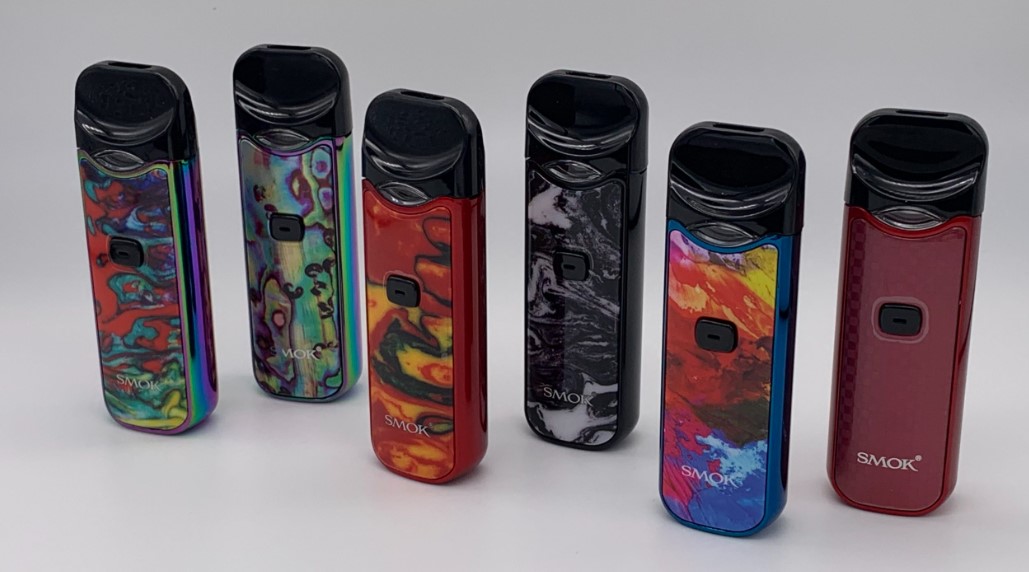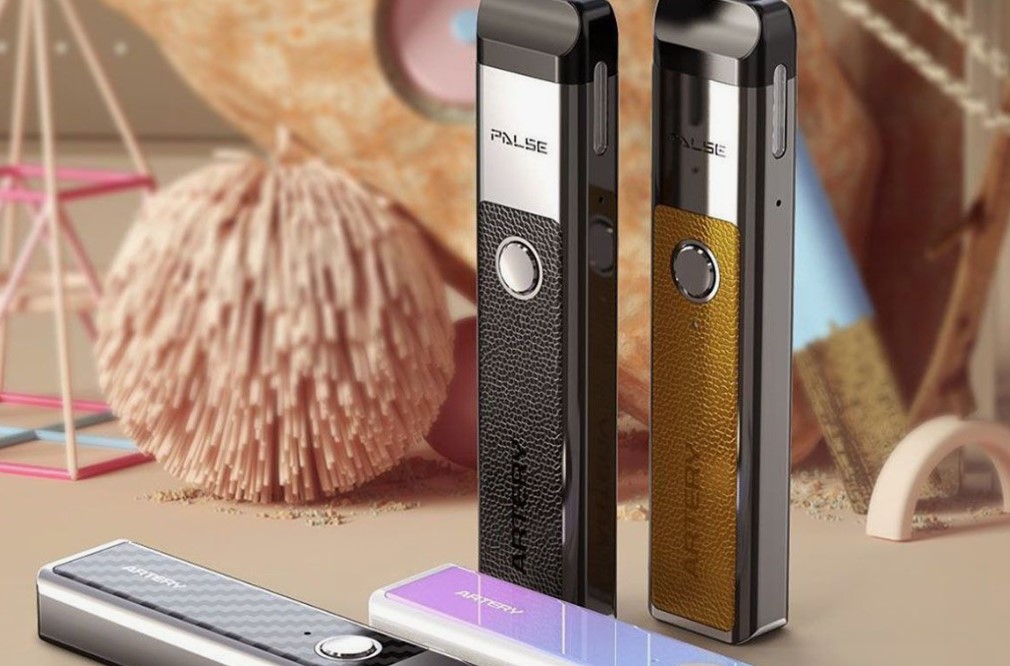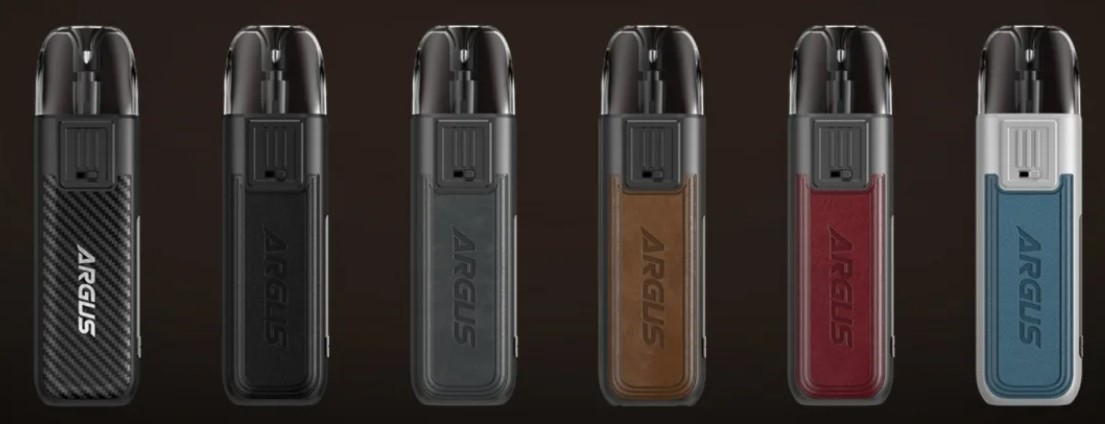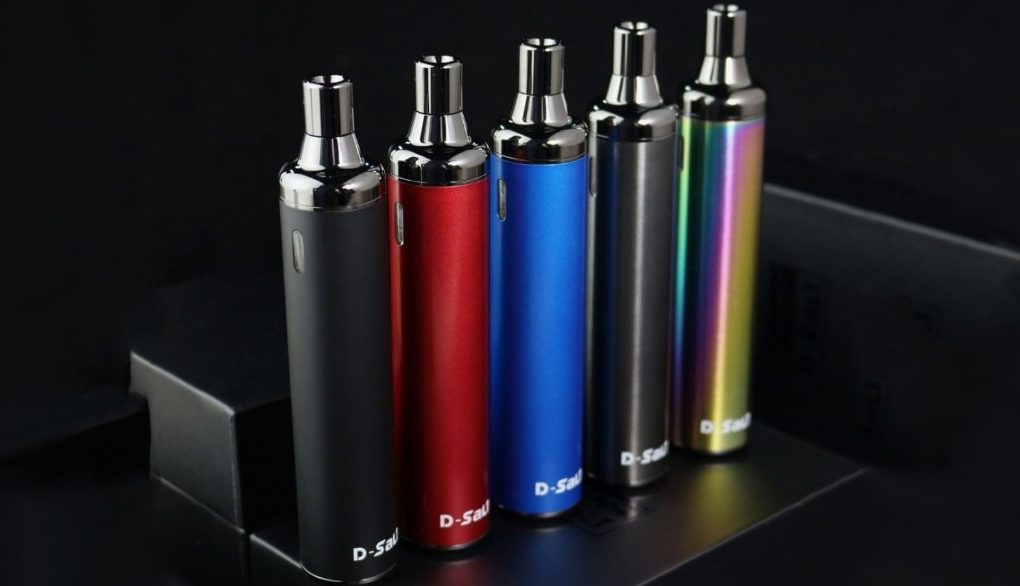Considerable progress has been made in vaping technology, offering consumers various options, particularly about disposable vape vs rechargeable devices. Multiple devices meet different user demands, each with unique benefits and drawbacks regarding functionality, affordability, environmental effect, and user choice. This thorough research, based on the most recent market data and technical advancements, seeks to go further into these areas to provide consumers with comprehensive knowledge that enables them to make decisions specific to their vaping preferences and lifestyle needs.
Device Performance
Battery Life and Efficiency: Disposable vapes are meant to be used for brief periods; they usually have 200–400 puffs per device or one to two days for the average user. Their tiny, non-rechargeable batteries are the cause of their short lifespan. On the other hand, rechargeable vapes come with strong lithium-ion batteries with capacities ranging from over 1500mAh to 300mAh. Depending on how often the item is used, these batteries may run a device on a single charge for several days or weeks. Modern rechargeable vape devices now have 30% more battery efficiency than they did five years ago because of significant developments in lithium-ion technology, according to the “Journal of Battery Technology.” Due to these energy storage and efficiency advancements, regular users now have a more sustainable alternative to rechargeable gadgets.
Vapor Quality and Consistency: Superior vapor quality is a well-known feature of rechargeable vaporizers. This is mostly attributable to their cutting-edge atomizers and adaptable power settings, which let users customize the device to suit their tastes and have the best possible vaping experience. Conversely, although portable, disposable vapes typically see a decline in vapor output as the battery life shortens. According to studies, rechargeable vaporizers may produce up to 50% more taste fidelity than disposable ones. This is mostly because of their reliable power supply and high-quality atomizers, effectively turning e-liquid into vapor without sacrificing flavor.
Reliability and Maintenance: Rechargeable vapes are more dependable than disposable ones. Although they need routine cleaning and the odd replacement of a component, well-maintained rechargeable devices have a malfunction rate of less than 1%. This starkly contrasts with disposable vapes, which, according to industry studies, can fail as often as 5% of the time. Rechargeable versions are more reliable, guaranteeing improved user experience, lowering waste, and increasing cost-effectiveness and environmental efficiency.

Cost-Effectiveness
Initial Investment and Ongoing Costs: The initial expenditure is a critical component to consider when evaluating the cost-effectiveness of vaping equipment. Disposable vapes cost between AED 20 and AED 40 per unit in the United Arab Emirates, making them reasonably priced. These gadgets appeal to people who want instant convenience without having to set up or maintain them since they are ready to use straight out of the box.
Rechargeable vape pens, on the other hand, usually have a higher initial cost—between AED 100 and AED 150. The original cost does not include the ongoing costs of using them, including e-liquids and coil replacements. Nevertheless, a thorough financial study shows that adopting rechargeable devices might result in large savings over time, even with these recurring expenditures. An individual who uses disposable vapes often might spend around AED 3,000 a year on average. When e-liquids and sporadic refills are considered, the yearly cost for rechargeable users can be as low as AED 1,200.
Long-Term Value: The cost-per-puff analysis of vape devices’ long-term worth emphasizes rechargeable vapes’ financial benefit even more. Based on research conducted by Vaping Economic Review, rechargeable devices typically cost around AED 0.10 per puff, far less than the AED 0.30 per puff cost of disposable vapes.
Rechargeable devices provide more value for money and efficiency, as seen by their much lower per-puff costs—especially for frequent users. Because of this financial advantage and the environmental benefit of generating less trash, rechargeable batteries are desirable for consumers concerned about the environment and their finances.
Environmental Impact
Waste Production: Because of their single-use nature, disposable vapes have a far greater environmental impact than their recharged equivalents. According to an article published in “Environmental Research Letters,” millions of single-use vape pens are thrown away yearly in the United Arab Emirates, significantly contributing to the electronic waste problem. Due to the components’ gradual degradation and subsequent release of toxic substances into the environment, this increases the usage of landfills and presents serious environmental risks. Rechargeable vapes, on the other hand, reduce waste because of their longer usage. By replacing cartridges or e-liquids and recharging the battery, users may drastically reduce the frequency and amount of trash they make.
Recycling and Sustainability: Disposable vaporizers vary further from rechargeable ones due to their recycling ability. A study published in the “Global Recycling Journal” notes that the integrated design and mixed materials used in disposable vaporizers make up most of the less recyclable components, at 20%. Rechargeable vapes, on the other hand, are made with recycling and disassembly in mind. It is possible to recycle around 80% of their parts, which include metallic elements and batteries. Recovering valuable materials lessens the load on landfills and contributes to resource conservation.

User Preference and Behavior
Convenience vs. Customization: Disposable vaporizers are praised for their unparalleled ease of use. With no initial setup or continuing maintenance, they are ready to use immediately, pre-filled with e-liquid, and fully charged. This makes them especially appealing to people who are just starting or want a hassle-free vaping experience. Rechargeable vapes, on the other hand, appeal to people who appreciate customization. They enable a more customized vaping experience by letting users change several variables, such as power and temperature. Experienced vapers value this function as it allows them to adjust their devices to provide the best vapor and throat hit for their tastes.
Flavor and Experience: Rechargeable vapes offer a more complex taste experience, even if disposable vapes have a larger selection of flavors. This benefit results from cutting-edge technology and premium e-liquids that preserve taste depth and integrity. According to market studies, consumers are moving toward rechargeable gadgets because they want a wider variety of customizable taste profiles. This trend is mostly due to the opportunity to experiment with different e-liquids and change device settings to express these flavors best.
Adoption Rates and Market Trends: Rechargeable vape devices are rapidly expanding in the industry. The “UAE Vaping Market Report 2024” states that rechargeable vapes are becoming increasingly popular at a 15% yearly pace. An important factor driving this rise is experienced vapers switching from disposable devices to larger, more customizable versions that provide better performance and cost savings. This change reflects a larger trend among vapers, who increasingly choose products that offer better functionality and an enhanced vaping experience.
Health and Safety Considerations
Rechargeable and disposable vape devices must comply with strict health regulations to guarantee user safety. Rechargeables, on the other hand, frequently have features that provide a more customized vaping experience and may improve health results. The capability of rechargeable vapes to modify nicotine delivery is a major benefit. With this adjustment, users may lower their nicotine consumption gradually, which might be helpful for people who want to cut back on their addiction without going through withdrawals. In a research that was published in the “Journal of Addictive Behaviors,” it was shown that 40% of users of rechargeable vapes who had customizable nicotine systems were able to reduce their nicotine intake over six months. Disposable vapes lack this flexibility because they only deliver a set amount of nicotine, which may make it harder for users who are attempting to cut back or stop to become dependent on it. This capacity satisfies personal choices while also supporting public health objectives by offering a practical means of controlling and maybe even decreasing nicotine addiction.

Technological Innovations
Advancements in Device Technology: Significant technology improvements have improved the user experience in the vaping sector. These days, Bluetooth connectivity and digital controls are common on rechargeable vapes, giving customers more precise control over their vaping experience. For instance, Bluetooth enables customers to link their devices to a smartphone app to track usage, change temperature and dose, and even get firmware upgrades for their devices, all of which contribute to optimal performance and customized vaping experiences.
Furthermore, recent advancements in battery and coil technology are improving the effectiveness and safety of rechargeable vapes. These days’ batteries are more resilient, with longer lifespans and quicker charging times. Safety measures guard against overheating and other possible problems. Improved heating efficiency is also a result of advanced coil designs, which provide reliable and gratifying vapor production without the need for regular replacements.
Conclusion
The decision between disposable and rechargeable vape devices depends largely on individual preferences and priorities. Disposables are convenient and easy, suitable for occasional users or those new to vaping. In contrast, rechargeables offer better performance, cost-efficiency, and a reduced environmental impact, catering to committed users who value quality and sustainability.
This comprehensive analysis highlights the importance of considering long-term benefits and personal vaping habits when choosing between disposable and rechargeable devices. It encourages a more informed and conscientious decision-making process in the vaping community.

Baseball fan, hustler, guitarist, International Swiss style practitioner and front-end designer. Producing at the sweet spot between design and computer science to craft meaningful ideas that endure. Let’s design a world that’s thoughtful, considered and aesthetically pleasing. Tropical swift lover, i want to dispel all negative myths and show people that iqos is a much better alternative to smoking.

